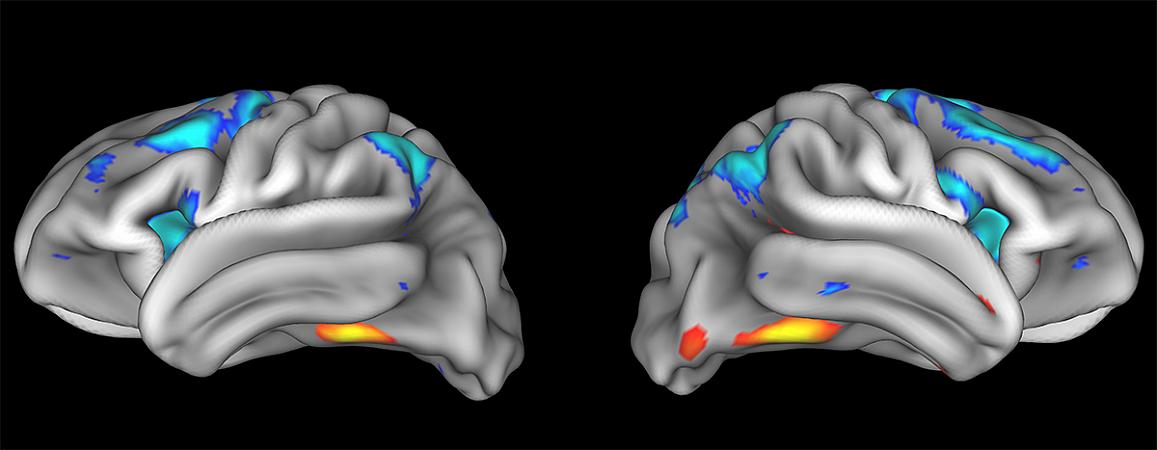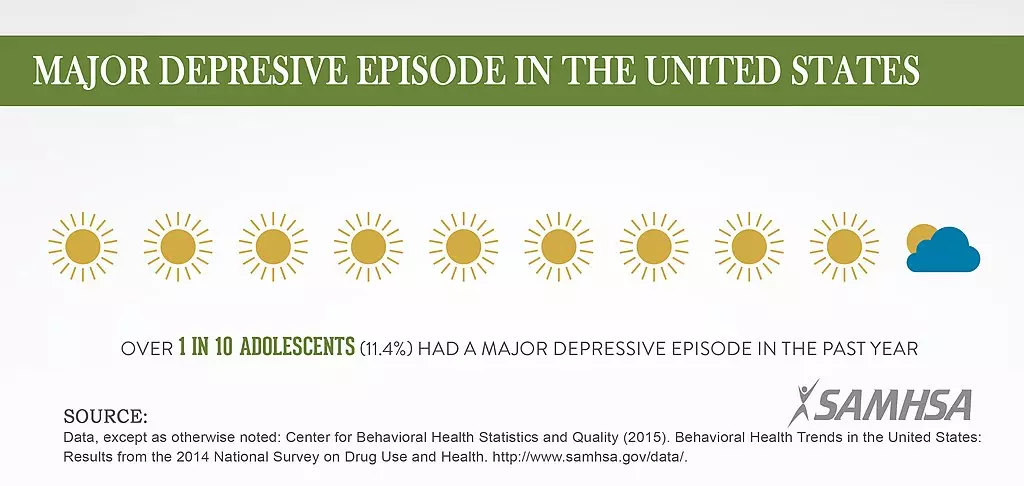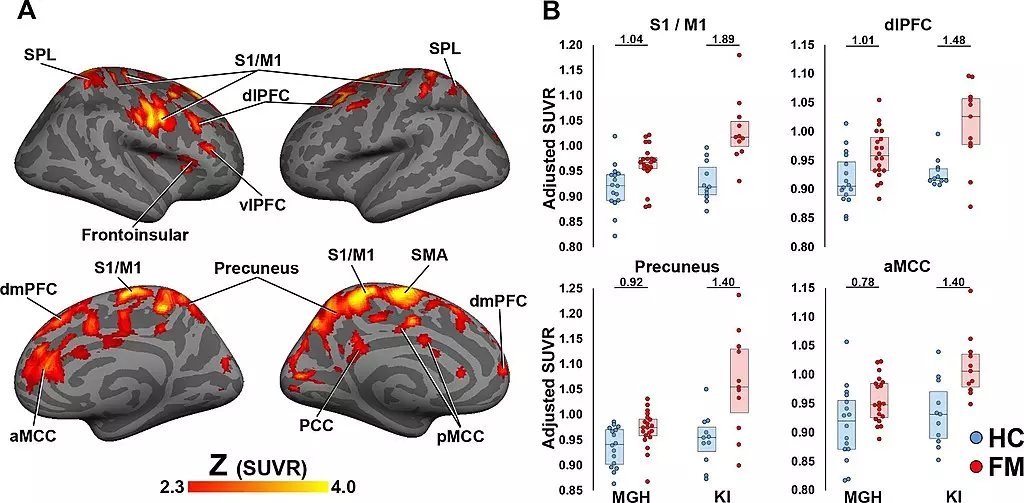Comments
- No comments found

Psychedelics are psychoactive substances that can have an effect on consciousness.
Numerous studies have found that in a laboratory setting, psychedelic can help lessen anxiety, depression, or PTSD.
Regulators in leading countries will soon grapple with how to safely administer powerful psychedelics for treating depression and post-traumatic stress disorder.
How can someone pretty knowledgeable but depressed, be able to, at a basic level, picture what goes on in the brain in that situation?
What can be tracked to tell states and changes, across cycles? The problem is not the lack of understanding of neural mechanisms and activities of brain centers, but what is known, or shown, by neuroimaging seems disconnected from the state of mind.
There is a construct or build of neurons for experiential interactions. It is this build that is responsible for behavioral collectives — including those that come on by conditions.
In a depressive state when nothing seems to matter, it could be many things, including the lack of sufficient transport of key components to locations in an area.

The area is the memory. The components are stores. The locations are groups. The store of say, a project has a default group, then goes to other groups across the memory.
When forecasts for the project are grim, the default group of the project could become desperate, going there often or staying there than regular, resulting in a form of depression for that individual.
There is multisensory integration and relay. The uniform unit of multisensory integration is what stores convey to groups. Integration constructs equivalents of senses for use in the brain. It is this equivalent that goes to stations, to know, feel and react.
This architecture of the whole is a new approach to align order and disorder, for tests and measures of mental health. There are promises in psychedelics, but they still don’t provide a measure or extend the understanding of neural constructs in the opacity that is lived with, having a brain.
Thoughts are postulated to be the uniform unit of sensory integration. It is what gets relayed. Thought forms are the version of anything external, the car, house, posts and devices exist as thought versions. They relay to make determinations for the mind. Neuroimaging has been excellent, but provides nothing in the structure, dimension and properties of a thought. Neurons are not thoughts.

The rules of the construct of neurons opens up a new door in addressing brain based mammalian consciousness, necessities for psychedelics as well as the possibility to innovate a neuroimaging technique to seek the encompassing stretches of thoughts.
This past decade has seen a growing focus on psychedelics as powerful medicines for treating severe mental health issues, including the use of psilocybin for conditions such as PTSD and treatment-resistant depression.
Leave your comments
Post comment as a guest